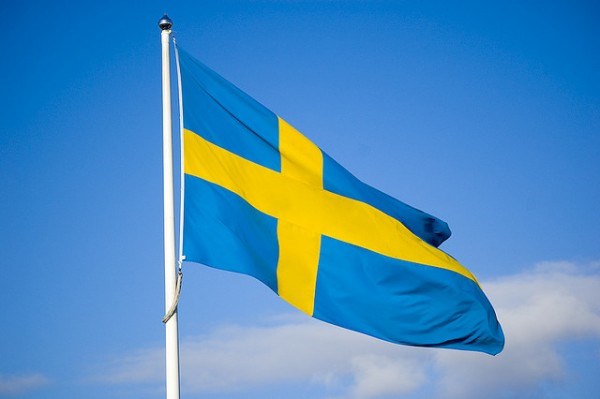Media: Sweden studies possible scenarios of Russian invasion
Following Russia’s annexation of Crimea in 2014, Sweden has paid greater attention to its own territorial defense, the newspaper L’Express reports. Recently Sweden deployed a new regiment on its Gotland island, for the first time since the end of World War II. Swedish King Carl XVI Gustaf and Prime Minister Stefan Löfven were present at the ceremony in honor of this historic event.
According to L’Express, Swedish analysts anticipate possible crises and even a war in northern Europe.
After the collapse of the USSR in 1991, Sweden naively believed in “the end of history” and eternal peace, disbanding virtually its entire army, starting with the Gotland regiment. Since then, the Gotland island, home to 60,000, has become a holiday destination for 1 million Swedes each year.
Russia’s annexation of Crimea put northern Europe in a panic. As of 2014, Sweden has begun to pay more attention to the defense of its territory, and the creation of a regiment on Gotland is part of these efforts.
“One must understand well that Russia remains a permanent military threat for northern Europe; for us it is danger No. 1,” observed retired Swedish General Karlis Neretnieks.
Leading up to the NATO summit in Brussels, the uneasiness of the Baltic States, Finland and Sweden is palpable, and not without reason. In recent years, they have witnessed Russian provocations. Russian submarines covertly infiltrate their territorial waters, and military planes constantly violate Swedish airspace.
This psychological warfare is also accompanied by sabre-rattling. Since 2009, Russia and Belarus have been holding massive drills close to the border with the Baltic states. Last year the Zapad (“West”) military exercise involved as many as 100,000 military personnel.
Sweden, with NATO support, has not been lagging behind. Last year it held its largest military exercise in 20 years: “Aurora 2017”, involving 19,000 Swedish soldiers and 1,500 soldiers from Scandinavia, the Baltics, the US and France.
Top experts from the Swedish think tanks linked to the Defense Ministry anticipate scenarios of crisis and even war. “A Russian operation on Narva, Estonia, at the extreme north-east of the EU, is the first scenario that comes to mind,” says Swedish analyst Tomas Ries.
In this border town, home to 65,000, nine out of ten inhabitants are Russian-speaking. As with Donetsk, Moscow may “rush to their aid” if these Russian-speaking Estonians begin to feel threatened for some reason.
“Let us not forget that as of 2010, Russian military doctrine legitimizes any operation intended to save ethnic Russians, even abroad,” Ries points out.
Such an operation could take place in Daugavpils, a Latvian city with 110,000 inhabitants, more than half of whom speak Russian. “Here everything could be even simpler because, as far as we know, there are Russian spies serving in the Latvian police,” a source from the Swedish intelligence services observed.
The third and most obvious scenario would be the occupation of the “Suwalki corridor”, which lies on the border between Poland and Lithuania. By taking control of this corridor, Moscow would kill two birds with one stone: it would open up a transport corridor between Belarus and Kaliningrad, thereby uniting the enclave on the Baltic Sea with mainland Russia, and cutting the Baltic states off from their NATO allies.
But are these scenarios plausible? “We don’t know,” admits Niklas Granholm, Swedish expert on the Baltic region. “But we know one thing: our ability to decipher Moscow’s intentions in advance is not very good. Who could actually have predicted the annexation of Crimea?”
